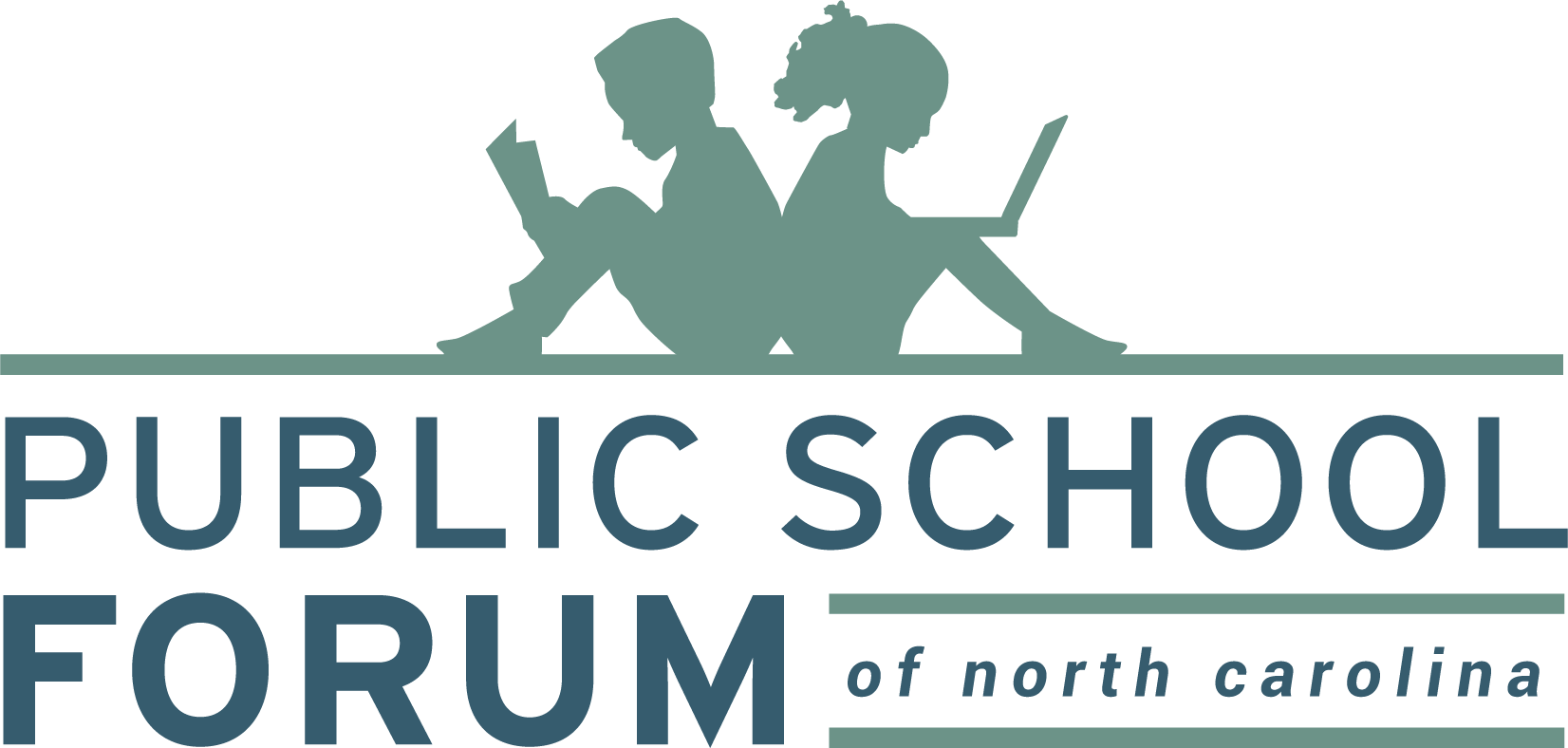A little over a month after Tropical Storm Helene devastated much of Western North Carolina, the region’s resilient communities have begun to rebuild, but there’s still a long road ahead. In the days and weeks immediately following the storm local public schools, teachers and staff worked tirelessly to support children and families. Watauga High School, located just outside of Boone, spent four days accounting for every student. Thankfully, they were able to reach each of the 1,647 students. Asheville City Schools were used as resource distribution centers. Ashe County Public Schools opened three emergency distribution centers in their schools and served over 800 hot meals out of a high school parking lot in one afternoon, free for anyone in need.
These are just a few examples of how local public schools and educators, even while facing their own serious challenges, stepped up to take care of their communities. It is in these times when people choose to come together to care for their neighbors that it’s most evident that public schools don’t just exist within our communities, but they are vital parts of those communities that serve all children and their families. In fact, federal law mandates that students experiencing homelessness, including those displaced after a natural disaster, have the right to enroll immediately in a local public school in the community in which they are currently living, even if they do not have the paperwork typically required to enroll.
Following Helene, the North Carolina General Assembly approved a $273 million preliminary relief package and then a subsequent $604 million in relief funds. While these are substantial steps toward repairing the region, early estimates of damage and needs totaled over $53 billion. The Department of Public Instruction initially requested $150 million toward recovery funds, but received only $15 million from the second round of relief funds including $5 million for replacing school technology and $5 million to repair or replace food nutrition equipment, food, and food nutrition supplies. However, even while the path to normalcy remains unclear and will likely eventually lead to a new normal, conditions are improving and the spirit of determination in the region is clear.
31 public school districts in Western North Carolina were directly impacted by Helene, affecting about 76,000 children. In late October, many schools in the region reopened following closures due to infrastructure damage, loss of resources and major transportation obstacles. In some areas, not all of these issues have been completely addressed causing schools to make adjustments such as delayed bus schedules and using alternative water sources.
Schools are now walking the delicate line of remaining aware of and sensitive to the mental and emotional impacts such a tragedy can have on students while also trying to minimize academic loss. As COVID recovery demonstrated just a few years ago, unexpected interruption of classroom instruction can majorly set students back, but so can trauma. Among the $15 million schools received in the second round of Helene relief was $5 million to address the mental health needs of public school students and their families in the region. For some students, just being back with their peers can go a long way toward easing some of the mental strains they’re currently facing, while others will need a little extra care from their educators and school support staff. Local public schools are here to serve students on both ends of that spectrum, as well as those who fall somewhere in between.
One of the greatest strengths of our public schools remains their responsibility and willingness to serve every child and their families. Local public schools serve over 75 percent of North Carolina’s children, and as Western North Carolina public schools have demonstrated, that service does not end in times of adversity. Our local public schools care about their communities because they are part of those communities, whether that be as the largest employer in the county, the place that brings people together through athletics and the arts, or simply as neighbors. Let’s honor that care and service by continuing to support our neighbors in the West and our local public schools statewide.

Leave a Reply